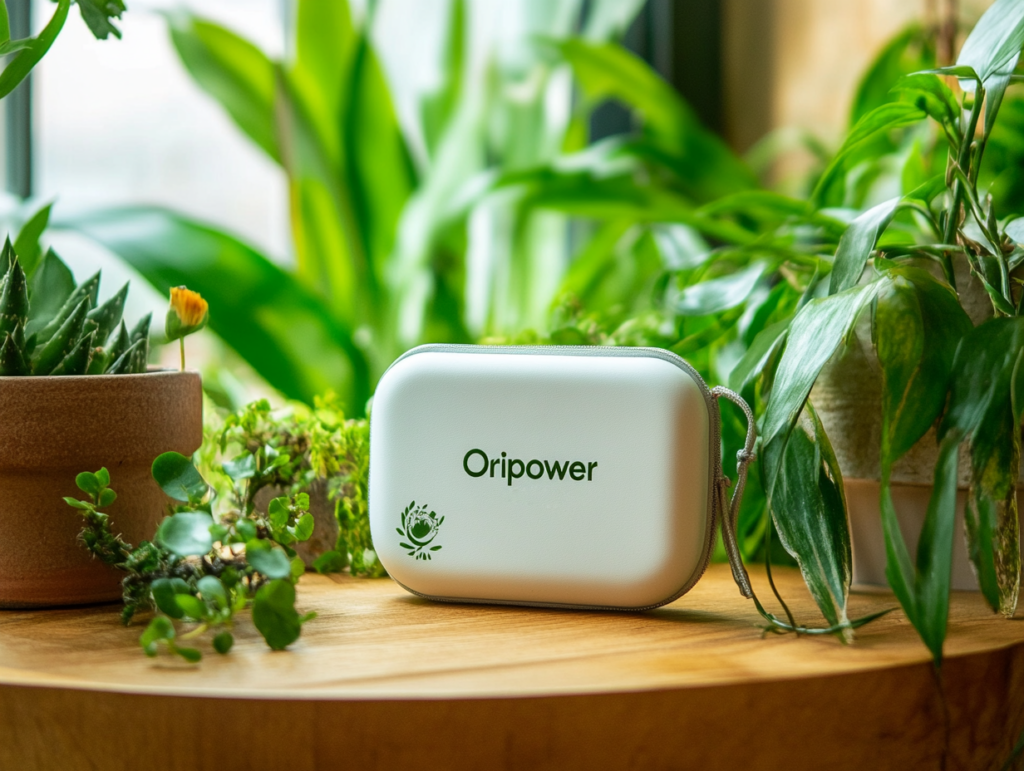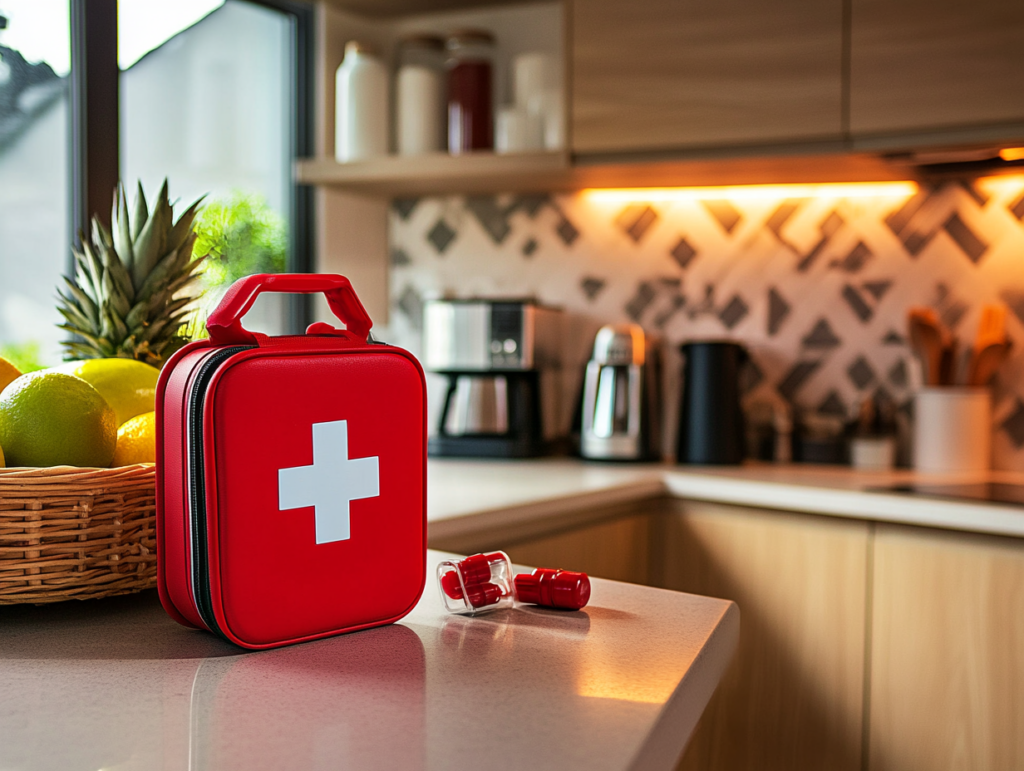The Importance of Sustainable Design in Eco – friendly First Aid Kits
Function Integration and Space optimization
Future eco – friendly first aid kits will focus more on integrating functions. For example, we can design scissors and tweezers into a single multifunctional tool. This design not only makes it easy to access but also saves space. By arranging the layout of space, we can better protect the first aid items. For instance, place the medicine on the upper layer to prevent it from being crushed by heavier tools below.
Ease of operation and universality
Sustainable design emphasizes that first aid kits should be easy to operate. In an emergency, anyone can quickly find the needed items. We can use clear labels or icons to distinguish different types of medicines and tools. This is a future trend. The design of first aid kits also needs to consider different age groups and physical conditions. For example, design a bandage fixing device with adjustable length for both children and adults. This helps to reduce waste due to product incompatibility.
The Application of sustainable materials in eco – friendly first aid kits
Biodegradable materials
For the outer packaging of first aid kits, we will use more biodegradable materials. For example, biodegradable plastic like polylactic acid (PLA) can break down into harmless substances in the natural environment. The raw material of PLA comes from renewable plant resources such as corn starch. Using this material for the kit’s shell can reduce long – term environmental pollution.
Some natural fiber materials like hemp and bamboo can be used for the inner partitions or small bags. These materials have good air permeability and biodegradability. For example, bamboo fiber has antibacterial properties, which can keep the medicine in good condition.
Recycled materials
We can use recycled plastic bottles to make the shell or some auxiliary tools of the first aid kit. The recycled plastic can be processed into strong and tough components. This reduces the demand for new plastic and lessens the environmental pressure.
Recycled metal materials can be used to make tools like scissors and tweezers. This helps to establish a resource – recycling system from the raw material stage.
Future trends and challenges
Technological innovation
Smart materials will bring more innovation to the sustainable design of eco – friendly first aid kits. For example, smart materials can monitor the expiration date of medicine and environmental conditions. They can also remind users to replace the medicine in time. Meanwhile, 3D printing technology can create complex structures to optimize the space and function of the kit.
New materials are being developed. For example, self – healing materials can extend the kit’s lifespan. When the shell has a slight crack, it can repair itself automatically.
Cost and market acceptance
The cost of sustainable materials may increase the price of eco – friendly first aid kits. For example, the processing cost of biodegradable and recycled materials is relatively high. This challenges consumers’ acceptance. We need to raise awareness and promote the market to solve this problem.
Market supervision should be strengthened. We need to ensure that the sustainable design and materials meet the standards. Also, establish a sound certification system to help consumers identify genuine products.


